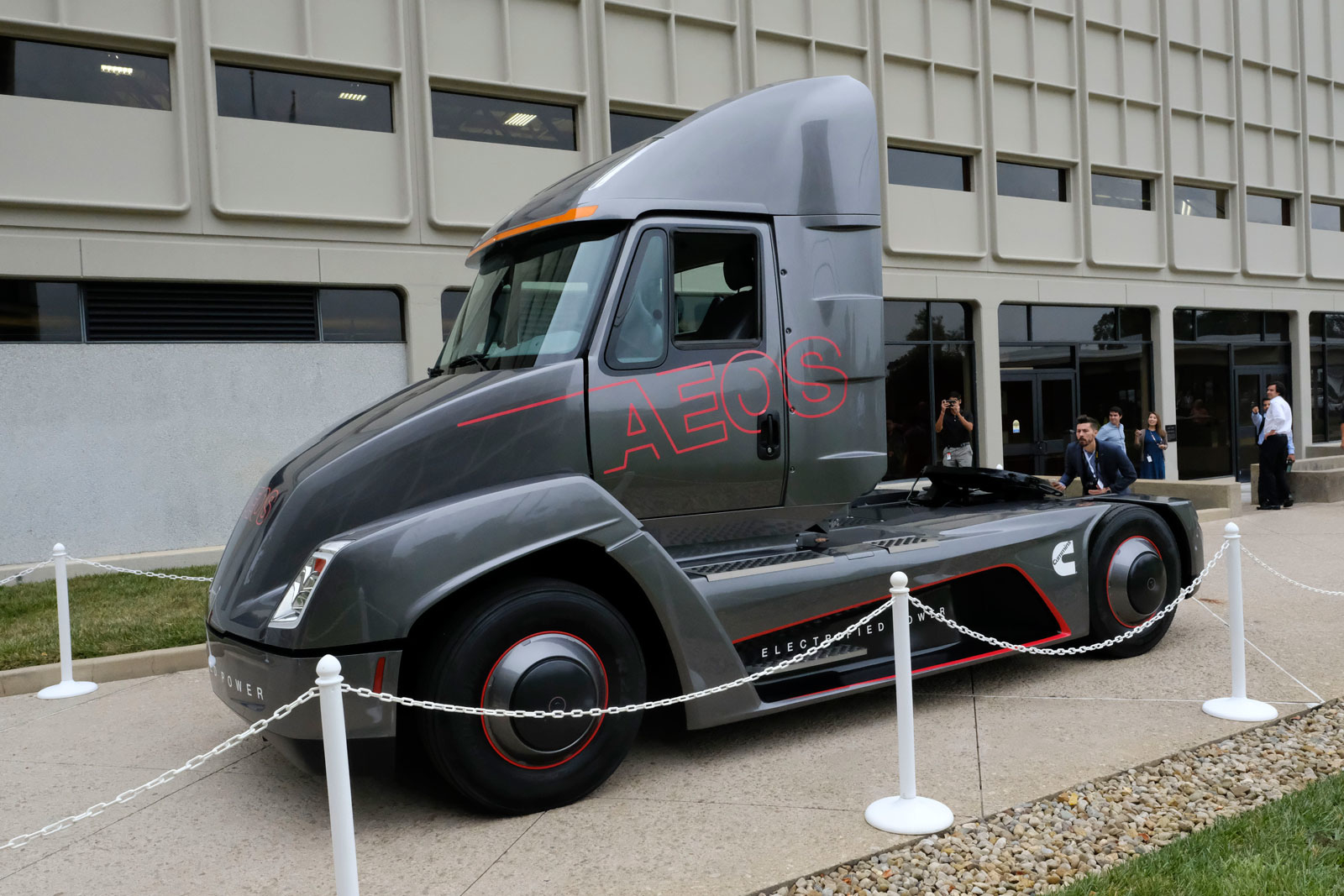
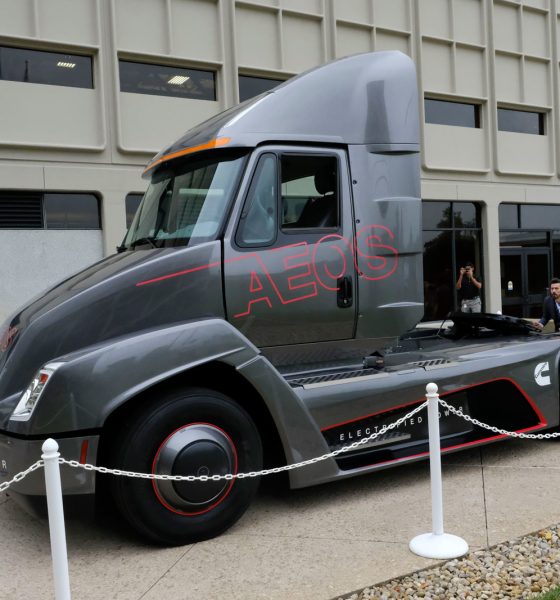
News
Tesla Semi competition with 140 kWh battery emerges before reveal event, Tesla co-founder weighs in
This Article first appeared on:
Less than a month away from the Tesla Semi reveal event, competitors are emerging to challenge the Elon Musk-led company on its first foray into the commercial trucking sector. After witnessing Tesla’s wildly successful entrance into the passenger vehicle space, existing players in the trucking industry have already realized the potential disruption Tesla could bring in their own backyard.
Just yesterday, Cummins, a massive $27 billion truck manufacturer, announced they have built an electric truck that they plan to mass produce in the next two years. The electric truck carries a 140 kWh battery pack and fast-charging technology. The 140 kWh pack will allow the vehicle to travel up to 100 miles on a single charge and capable of recharging to full capacity in approximately one hour. Cummins also plans to include a range extender to raise the overall range to 300 miles. Similar to Tesla who recently announced that their all-electric truck will have between 200 to 300 miles of range, Cummins is mainly targeting short-haul trucking needs.
Tesla CEO Elon Musk first shared his plans in July 2016 when he announced the company’s plans to shake the trucking industry to its roots. And it was revealed earlier this month that Tesla has begun testing “platooning” technology to increase battery range. Platooning would allow the trucks to drive autonomously and close together to reduce aerodynamic drag.
But in order for platooning to work effectively, the trucks must be able to safely navigate the dense interstates in close proximity, with little to no risk towards other vehicles. Like most things, that is easier said than done. To understand the feasibility of platooning and electric heavy duty trucks, we spoke to one of the leaders in the industry, Wrightspeed.
If Wrightspeed sounds familiar, its probably because you’ve heard of its founder, Ian Wright. Ian was one of the co-founders of Tesla in 2003 and left the company in 2005 to pursue the commercial vehicle industry. Since then, Wrightspeed has designed and manufactured several different hybrid electric powertrains for buses, garbage trucks, and delivery vehicles.
Forget Platooning, Road-Trains are Coming
Here’s what Ian Wright had to say about Platooning and how he plans to tackle this issue.
“Why don’t you pull two of three trailers with one tractor, that would be a lot more efficient than platooning.” – Ian Wright, CEO and Founder of Wrightspeed.
 While Wrightspeed isn’t ready to start producing a powertrain for a hybrid electric truck, they are looking at the market seriously. The company believes that in order to maximize savings for trucking operators, their still needs to be a range extender in trucks, at least until batteries are more dense. You can listen to the full interview with Ian Wright in Episode 2 on September 13th on the NextMobility podcast.
While Wrightspeed isn’t ready to start producing a powertrain for a hybrid electric truck, they are looking at the market seriously. The company believes that in order to maximize savings for trucking operators, their still needs to be a range extender in trucks, at least until batteries are more dense. You can listen to the full interview with Ian Wright in Episode 2 on September 13th on the NextMobility podcast.
The first episode premieres next Wednesday.
To stay on top of the latest developments in AI and autonomous technology, with special guests from industry experts, be sure to subscribe to the NextMobility podcast available on iTunes.

News
Tesla aims to combat common Full Self-Driving problem with new patent
Tesla writes in the patent that its autonomous and semi-autonomous vehicles are heavily reliant on camera systems to navigate and interact with their environment.
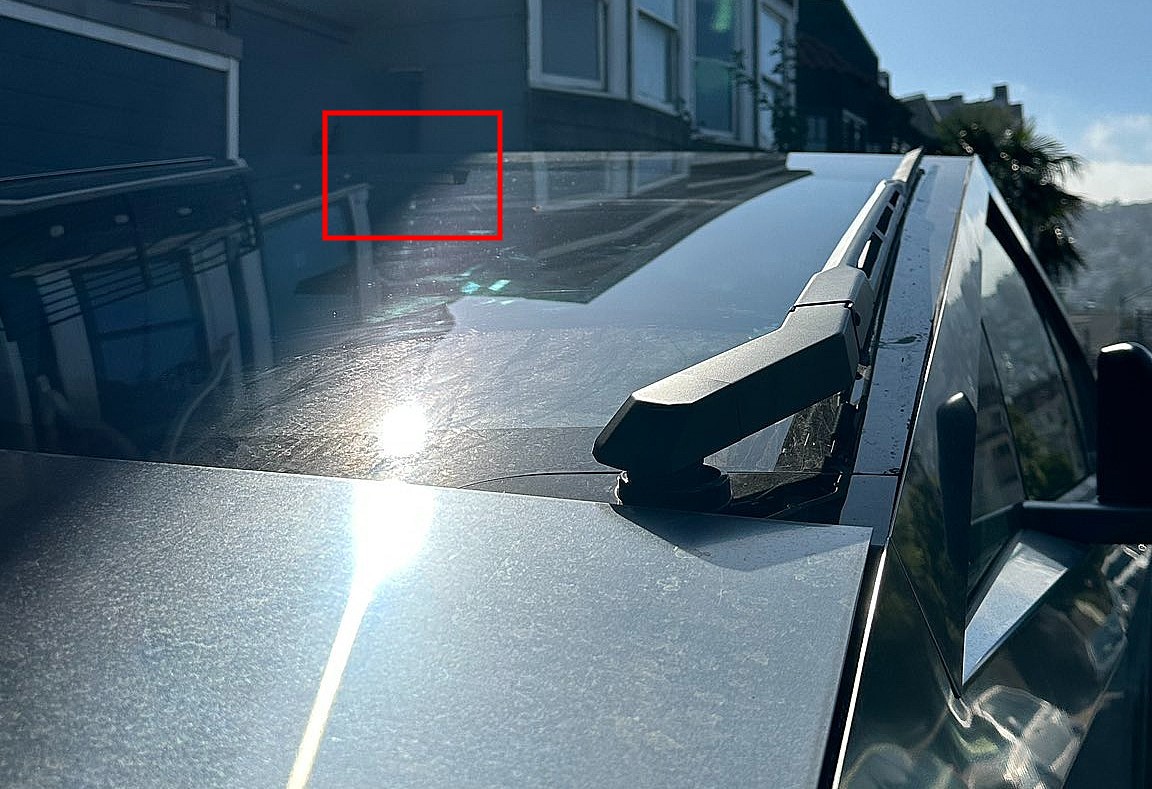
Tesla is aiming to combat a common Full Self-Driving problem with a new patent.
One issue with Tesla’s vision-based approach is that sunlight glare can become a troublesome element of everyday travel. Full Self-Driving is certainly an amazing technology, but there are still things Tesla is aiming to figure out with its development.
Unfortunately, it is extremely difficult to get around this issue, and even humans need ways to combat it when they’re driving, as we commonly use sunglasses or sun visors to give us better visibility.
Cameras obviously do not have these ways to fight sunglare, but a new patent Tesla recently had published aims to fight this through a “glare shield.”
Tesla writes in the patent that its autonomous and semi-autonomous vehicles are heavily reliant on camera systems to navigate and interact with their environment.

The ability to see surroundings is crucial for accurate performance, and glare is one element of interference that has yet to be confronted.
Tesla described the patent, which will utilize “a textured surface composed of an array of micro-cones, or cone-shaped formations, which serve to scatter incident light in various directions, thereby reducing glare and improving camera vision.”

The patent was first spotted by Not a Tesla App.
The design of the micro-cones is the first element of the puzzle to fight the excess glare. The patent says they are “optimized in size, angle, and orientation to minimize Total Hemispherical Reflectance (THR) and reflection penalty, enhancing the camera’s ability to accurately interpret visual data.”
Additionally, there is an electromechanical system for dynamic orientation adjustment, which will allow the micro-cones to move based on the angle of external light sources.
This is not the only thing Tesla is mulling to resolve issues with sunlight glare, as it has also worked on two other ways to combat the problem. One thing the company has discussed is a direct photon count.
CEO Elon Musk said during the Q2 Earnings Call:
“We use an approach which is direct photon count. When you see a processed image, so the image that goes from the sort of photon counter — the silicon photon counter — that then goes through a digital signal processor or image signal processor, that’s normally what happens. And then the image that you see looks all washed out, because if you point the camera at the sun, the post-processing of the photon counting washes things out.”
Future Hardware iterations, like Hardware 5 and Hardware 6, could also integrate better solutions for the sunglare issue, such as neutral density filters or heated lenses, aiming to solve glare more effectively.
Elon Musk
Delaware Supreme Court reinstates Elon Musk’s 2018 Tesla CEO pay package
The unanimous decision criticized the prior total rescission as “improper and inequitable,” arguing that it left Musk uncompensated for six years of transformative leadership at Tesla.
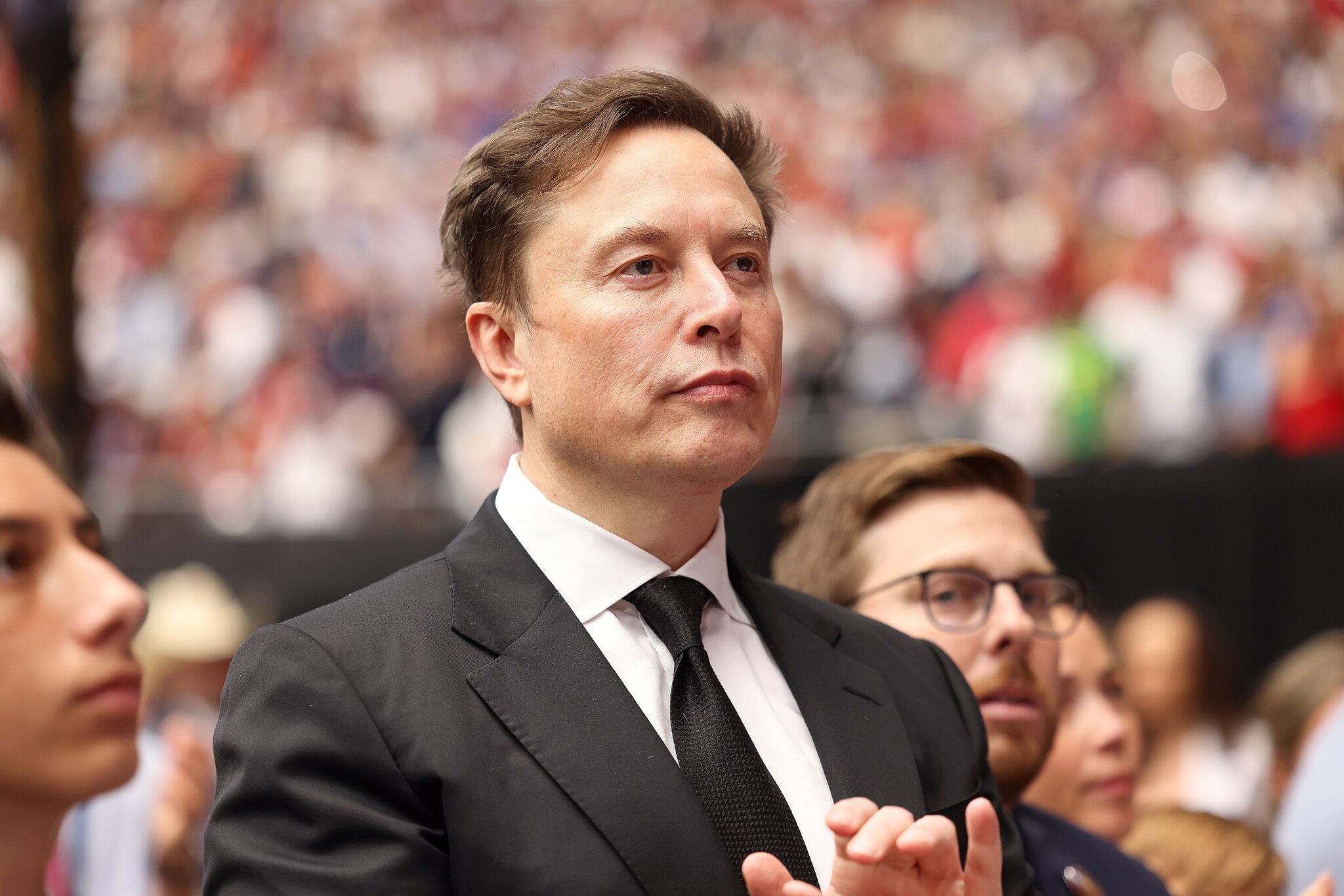
The Delaware Supreme Court has overturned a lower court ruling, reinstating Elon Musk’s 2018 compensation package originally valued at $56 billion but now worth approximately $139 billion due to Tesla’s soaring stock price.
The unanimous decision criticized the prior total rescission as “improper and inequitable,” arguing that it left Musk uncompensated for six years of transformative leadership at Tesla. Musk quickly celebrated the outcome on X, stating that he felt “vindicated.” He also shared his gratitude to TSLA shareholders.
Delaware Supreme Court makes a decision
In a 49-page ruling Friday, the Delaware Supreme Court reversed Chancellor Kathaleen McCormick’s 2024 decision that voided the 2018 package over alleged board conflicts and inadequate shareholder disclosures. The high court acknowledged varying views on liability but agreed rescission was excessive, stating it “leaves Musk uncompensated for his time and efforts over a period of six years.”
The 2018 plan granted Musk options on about 304 million shares upon hitting aggressive milestones, all of which were achieved ahead of time. Shareholders overwhelmingly approved it initially in 2018 and ratified it once again in 2024 after the Delaware lower court struck it down. The case against Musk’s 2018 pay package was filed by plaintiff Richard Tornetta, who held just nine shares when the compensation plan was approved.
A hard-fought victory
As noted in a Reuters report, Tesla’s win avoids a potential $26 billion earnings hit from replacing the award at current prices. Tesla, now Texas-incorporated, had hedged with interim plans, including a November 2025 shareholder-approved package potentially worth $878 billion tied to Robotaxi and Optimus goals and other extremely aggressive operational milestones.
The saga surrounding Elon Musk’s 2018 pay package ultimately damaged Delaware’s corporate appeal, prompting a number of high-profile firms, such as Dropbox, Roblox, Trade Desk, and Coinbase, to follow Tesla’s exodus out of the state. What added more fuel to the issue was the fact that Tornetta’s legal team, following the lower court’s 2024 decision, demanded a fee request of more than $5.1 billion worth of TSLA stock, which was equal to an hourly rate of over $200,000.
Delaware Supreme Court Elon Musk 2018 Pay Package by Simon Alvarez
News
Tesla Cybercab tests are going on overdrive with production-ready units
Tesla is ramping its real-world tests of the Cybercab, with multiple sightings of the vehicle being reported across social media this week.
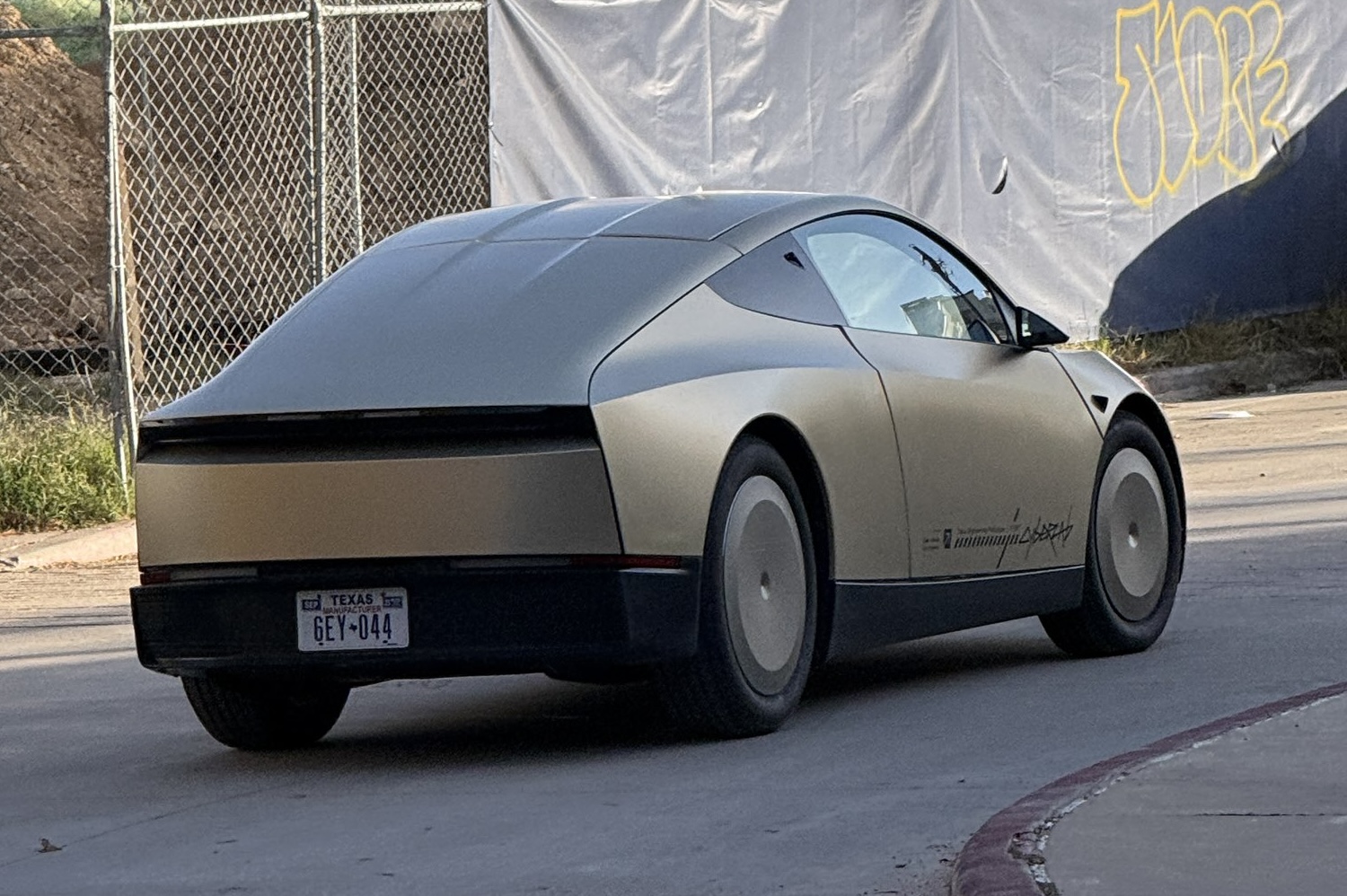
Tesla is ramping its real-world tests of the Cybercab, with multiple sightings of the autonomous two-seater being reported across social media this week. Based on videos of the vehicle that have been shared online, it appears that Cybercab tests are underway across multiple states.
Recent Cybercab sightings
Reports of Cybercab tests have ramped this week, with a vehicle that looked like a production-ready prototype being spotted at Apple’s Visitor Center in California. The vehicle in this sighting was interesting as it was equipped with a steering wheel. The vehicle also featured some changes to the design of its brake lights.
The Cybercab was also filmed testing at the Fremont factory’s test track, which also seemed to involve a vehicle that looked production-ready. This also seemed to be the case for a Cybercab that was spotted in Austin, Texas, which happened to be undergoing real-world tests. Overall, these sightings suggest that Cybercab testing is fully underway, and the vehicle is really moving towards production.
Production design all but finalized?
Recently, a near-production-ready Cybercab was showcased at Tesla’s Santana Row showroom in San Jose. The vehicle was equipped with frameless windows, dual windshield wipers, powered butterfly door struts, an extended front splitter, an updated lightbar, new wheel covers, and a license plate bracket. Interior updates include redesigned dash/door panels, refined seats with center cupholders, updated carpet, and what appeared to be improved legroom.
There seems to be a pretty good chance that the Cybercab’s design has been all but finalized, at least considering Elon Musk’s comments at the 2025 Annual Shareholder Meeting. During the event, Musk confirmed that the vehicle will enter production around April 2026, and its production targets will be quite ambitious.










